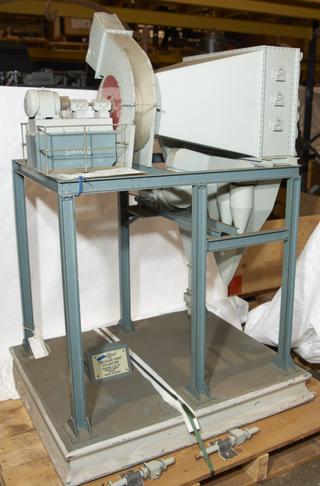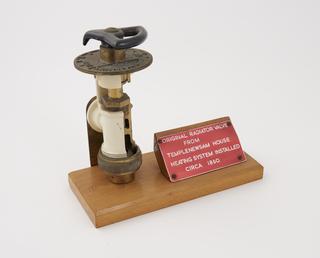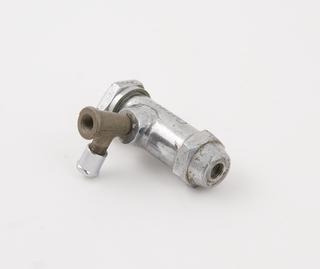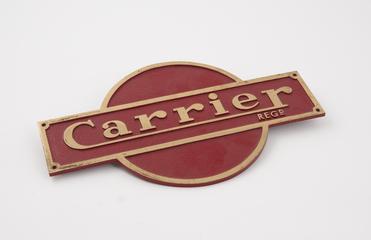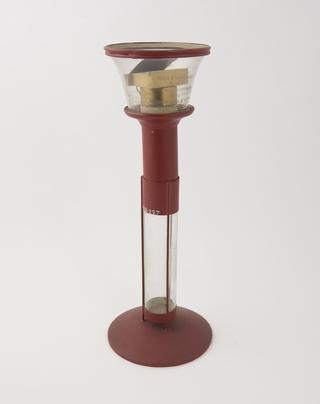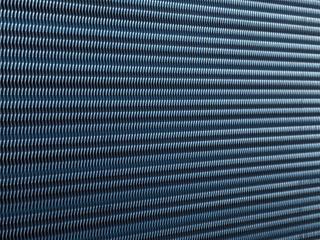Linde Ammonia Refrigeration Compressor 155mm Bore x 260mm Stroke
This Linde ammonia refrigeration compressor was made between 1895 and 1905 by the Birmingham-based Linde British Refrigeration Company, before being bought second-hand in 1922 and installed at the Union Cold Storage site in the Liverpool docks.
This medium sized, 155mm Bore x 260mm Stroke, double acting compressor is attached to a Siemens electric motor drive. The complete machinery takes up around 3 metres by 6 metres, with the fly wheel being approximately 2.5 meters in diameter upright.
More
The 19th century saw the development of mechanical refrigeration through the use of vapour-compression technology, pioneered by chemists and engineers such as Carl von Linde and Thomas Bell Lightfoot. Vapour-compression works by cyclically evaporating refrigerant gases like C02 and ammonia to absorb the surrounding heat of a specific space, piping the gas to another location and then compressing these gases via a condenser to release the heat. Vapour-compression systems share many similarities to motor engines in cars and other vehicles and could be throttled to control the rate of compression, and by extension rate of refrigeration.
Ammonia refrigeration compressors became integral in many commercial and industrial applications such as international shipping and storage, with the earliest design of commercial ammonia compressors dating back to the 1870s.
This Linde ammonia compressor is a simple version of a double acting reciprocating type which used pairs of alternative pistons to compress and expand refrigerant gases at high pressures.
This design of ammonia compressor remains more or less unchanged from the original design Carl von Linde, the German scientist and engineer who pioneered early designs of commercially viable ammonia compression systems. He designed the first single acting ammonia compressor in 1876, and the first double acting compressor in 1877. He founded what is now know as Linde PLC, one of the worlds largest producers of industrial gases and chemicals.
This ammonia compressor continued to refrigerate the meat and fish stores of the Union Cold Storage company at the Alexandra docks in Liverpool until the late 1970s.
- Measurements:
-
overall: 3040 mm x 2400 mm x 5310 mm,
- Object Number:
- 1982-356/1
- type:
- ammonia compressor
